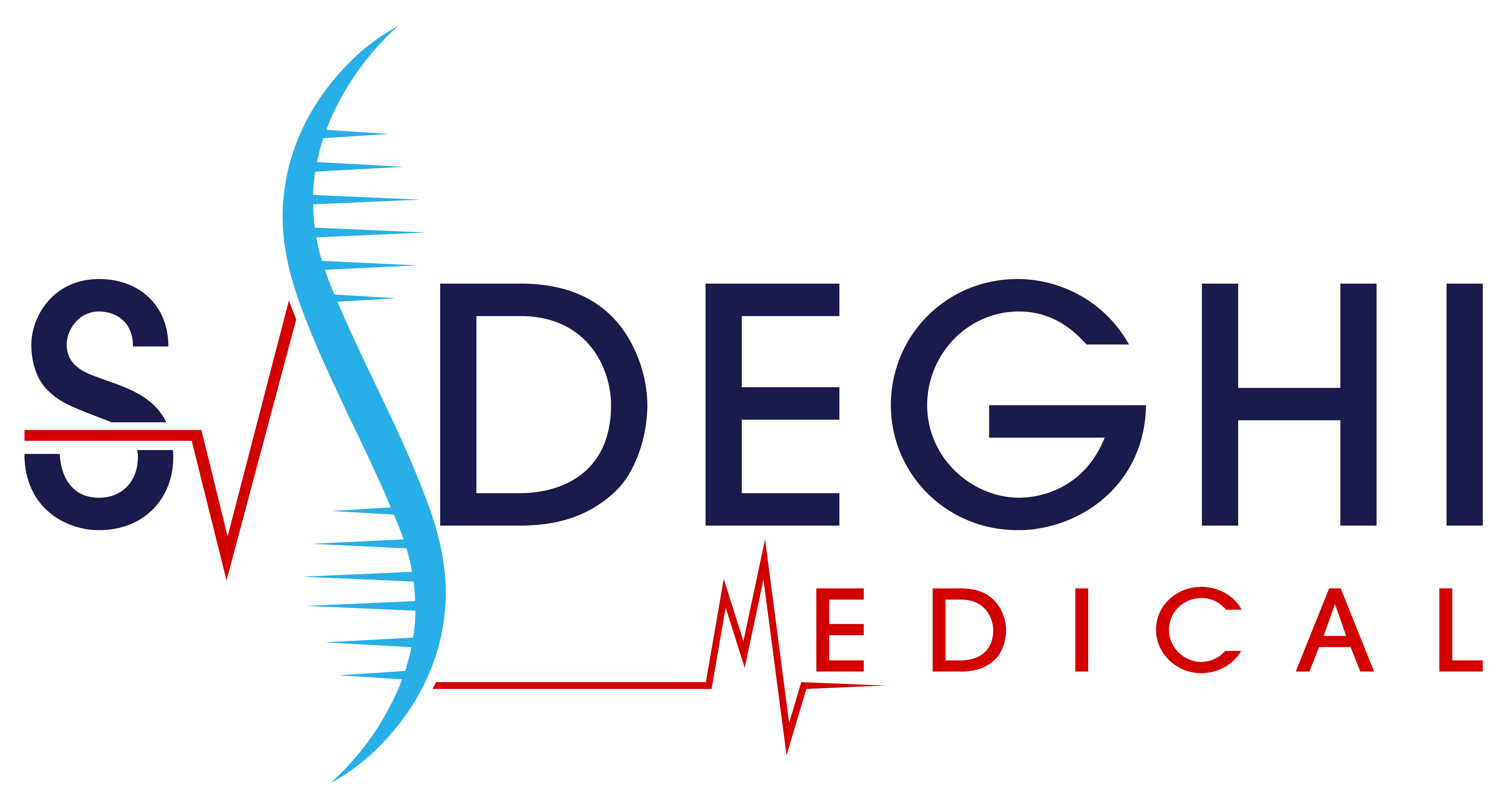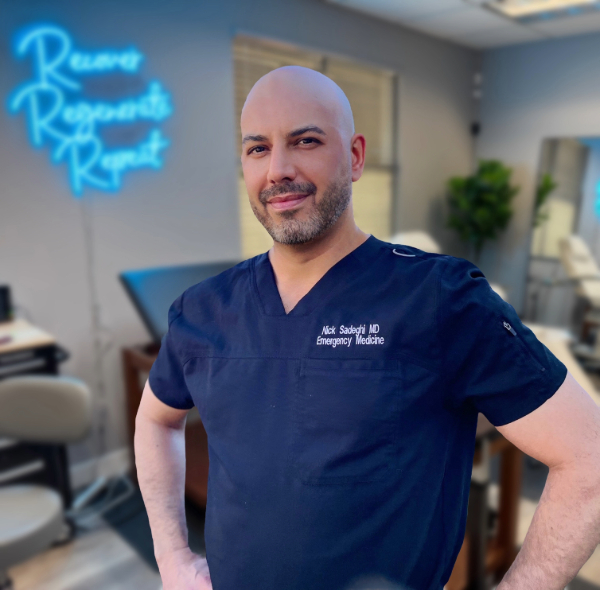- Las Vegas, Nevada
- New Jersey
- New York
- Las Vegas, Nevada
- New Jersey
- New York

NAD (Cellular Energy)

What is Cellular Energy?
When people think about the human body they often compare it to a computer or a machine. However the key difference lies in how the human body produces energy. Unlike a machine with a battery and engine the human body has no single energy producing part. Instead every single one of the 30 trillion cells in the human body is responsible for generating its own energy. This means that every vital process in your body that is going on at all times constantly relies on the production of energy from every single cell in its makeup.
Table of Contents
Mitochondria and ATP Production
Energy production in the cell is managed by tiny structures called mitochondria. They are called organelles and are responsible for turning all of the raw materials that we ingest– such as food water and oxygen–into energy. It does this through a complex metabolic pathway which converts fats, proteins, and carbohydrates into a molecule called ATP. ATP is the primary energy source for all of our body’s functions. Every process that our bodies perform such as movement, vision, thinking, digestion, etc relies on ATP to generate the energy needed.
What is NAD?
NAD which stands for Nicotinamide Adenine Dinucleotide, is critical cofactor in the process of ATP production. It is so essential that without NAD, ATP cannot be made, and we would not survive very long. NAD also has several other critical functions in the cell and the human body, such as:
- NAD is critical for DNA repair following DNA damage.
- NAD activates certain longevity enzymes in the cell which lead to protection and prolongation of the vital functions.
- NAD is also involved in resistance to oxidative stress and reduction of inflammation.
- NAD is also critical in brain health by supporting healthy neuron function.
It is known that NAD levels naturally decline with age, beginning in our 40’s. It is thought that NAD deficiency may be a factor or underlying several disease processes in the body which contribute to decline with aging. Research is currently underway to fully understand this process. NAD levels also can be affected by extreme physical training, illness, stress and poor lifestyle choices, causing a decline in function and performance period.
NAD and Anti-Aging
A critical component of my anti-aging protocol is to return NAD levels to level that they’re supposed to be. Improving NAD levels can enhance energy production, leading to several potential benefits:
- Better memory and concentration.
- Increased energy and vitality.
- Improved mood and sleep quality.
- Healthier skin hair and nails.
- Anti-aging effects.


Meet Dr. Nick Sadeghi
“The mission of my Regenerative Clinic is to help you feel better, look better, and
maximize your lifespan – feeling as youthful, healthy and active as possible, for as long
as possible.”
If you’re over 35 and feeling tired, gaining weight, losing motivation, struggling in the
gym or watching your libido disappear – you’re not crazy. You’re not weak. And you’re
definitely not alone.
I felt it too.
Using the latest in advanced regenerative and longevity medicine, my practice aims
to treat injuries and roll back time. Our core treatments optimizing natural
processes that occur in our bodies with Hormone Replacement, NAD, Stem Cell
Therapy, Platelet-Rich-Plasma, Peptides, Tenex and other modern treatments.
Dr. Nick Sadeghi
How is NAD given?
 There are several ways that NAD can be given as a treatment. Each has advantages and disadvantages which I will explain, and I will tell you my preferred method of administration.
There are several ways that NAD can be given as a treatment. Each has advantages and disadvantages which I will explain, and I will tell you my preferred method of administration.
1. Oral: There are NAD supplements that can be taken orally as a pill or liquid. You may have seen them advertised online.
- Advantage: easy to take.
- Disadvantage: as with many oral supplements, passage of the medication through the intestine and liver results in very low absorption of the drug resulting in a dose that is too low to give you any therapeutic benefit.
2. Nasal spray:
- Advantage: convenient, can be taken every day, and absorbs very well through the nasal passage.
- Disadvantage: the dose is too low because the amount of liquid in each spray is very small (better than oral).
3. IV:
- Advantage: absorption of the drug is extremely high as it goes right into circulation and to the target cells quickly and you can also administer a high dose of the medication.
- Disadvantage: If you’ve ever done an NAD infusion, you know that it is extremely uncomfortable. People commonly experience flushing, nasal and chest congestion, chest tightness and generally discomfort. For this reason, the infusion has to be given slowly and can take up to 4 hours to give one bag. It’s very hard to do this on a regular basis.
4. Skin Injection: This is my preferred method of administration because it has the most advantages:
- Almost 100% absorbed into circulation quickly.
- A high dose can be given.
- The discomfort is very low and goes away quickly.
- The treatment is a quick shot that you can do yourself at home.
- It can be given regularly and as often as needed.
What Other Treatments can Improve Cellular Energy Production?
Other than NAD, there are some other treatments that can improve cellular energy production by stimulating the mitochondria to produce more ATP. These include:
- NAD Supporting Supplements.
- Glutathione.
- Red light.
- Hyperbaric.
- Methylene blue.
NAD supporting Supplements:
There are certain oral supplements that, when used in a correct protocol, can support and improve NAD levels. One example is NMN. NMN is a precursor to NAD so it helps boost NAD levels in your body. I’ve found that the best way to use supplements is with a combination of several different forms of improving cellular energy production. I developed a protocol called the Optimus Energy Protocol which combines several methods of mitochondrial stimulation and can be done very easily and conveniently.
Glutathione:
Glutathione is one of the most important natural substances your body makes to keep your cells healthy. It acts like a powerful internal “cleaner,” helping your body get rid of harmful toxins and protect your cells from damage. This is especially important for the mitochondria, which need to stay healthy to produce energy efficiently. Within the mitochondria, glutathione helps neutralize reactive oxygen species (ROS), protecting cells from oxidative damage and maintaining optimal energy production. In longevity and regenerative medicine, glutathione is often used to support mitochondrial health, improve recovery, and enhance resilience to metabolic stress. It can be administered orally but is poorly absorbed through the stomach. It is best given in the IV or as an injection.
Red Light Therapy:
Red light therapy works by shining specific wavelengths of red and near-infrared light (usually between 600–1000 nm) into the body, where it penetrates the skin and reaches the mitochondria. Inside the mitochondria, the light is absorbed by an enzyme that plays a key role in ATP production. Once activated, the enzyme is able to help the mitochondria create more ATP. When red light activates this enzyme, it improves the flow of electrons, boosts oxygen use, and helps the mitochondria make more ATP. It can also temporarily reduce nitric oxide buildup, which can block ATP production, allowing the mitochondria to work more efficiently. As a result, red light therapy helps cells heal faster, reduce inflammation, and improve overall energy and function.
Hyperbaric Oxygen:
Hyperbaric oxygen therapy has long been used in the field of recovery and regenerative medicine. It is especially effective in recovery from injuries and supporting regeneration of damaged tissue. Hyperbaric oxygen works by increasing oxygen delivery to the tissue by exposing the body to higher atmospheric pressures. Higher oxygen delivery to the tissue results in faster recovery and regeneration by directly promoting increase mitochondrial metabolism and energy production. One of the most effective uses of hyperbaric oxygen is for concussion recovery and should be a part of every athlete’s recovery and performance protocol.
Methylene Blue:
Methylene blue is one of the most interesting medications that has ever been created. It is the first man made synthesized drug and was created in 1876 originally as a dye for the textile industry, but soon after it was realized to have several medicinal properties including:
- Use as an antimalarial (precursor of Hydroxychloroquine).
- Precursor to antipsychotic medications.
- Treatment for cyanide poisoning.
- Antiseptic, antiviral, and antimicrobial for sterilizing wounds and cleaning blood for transfusion.
There are several classes of drugs that were created based upon methylene blue and have gone on to treat some of the above mentioned conditions.
Methylene blue has become a popular drug in the regenerative medicine field as well as in the cellular energy protocol. Here are some of the amazing effects of Methylene Blue:
- Methylene Blue works as an independent activator of the electron transport chain in the mitochondria: it is like a shortcut in the mitochondria’s energy-making process. It helps it work more efficiently, so your cells can make ATP faster and with less waste.
- Methylene blue supports, but works independently of NAD making the entire energy process even more effective resulting in increased ATP and energy production in the cell.
- Methylene Blue helps protect the mitochondria and DNA from damage by harmful molecules called free radicals, resulting in lower oxidative stress.
- The therapeutic benefits of Methylene Blue also include improvement of cognitive function and protection of the brain.
At the doses we administer, Methylene Blue is very safe, but as with all medication it should be prescribed and given under the care of a physician to make sure the patient can safely take it.
Custom Protocols Available at Sadeghi Medical
Optimus Energy ProtocolTM: This is my proprietary energy boosting protocol. It is an easy to take 4-week course of treatment that includes daily NAD support supplements, weekly NAD and Glutathione injections and can be boosted with regular red light and hyperbaric sessions. It is designed for high performing individuals and athletes who are experiencing fatigue and energy drain.
Blue-Print IVTM: This is my proprietary IV energy boosting treatment. It is very precisely designed to target and boost multiple different steps in the energy producing pathways in the mitochondria. The star ingredient is IV Methylene Blue which is a potent and independent mitochondrial energy stimulator. The other ingredients include B-complex vitamins and NAD which are also key cofactors in the complex biochemistry of energy production. It is topped off with glutathione to detoxify and keep the mitochondria healthy and active. This is an excellent addition to the Optimus or can be used on its own and is fantastic for athletes and exercise recovery.
Conclusion
Cellular Energy Optimization is a field in Longevity Medicine that is involved in making your cells and mitochondria work better at creating energy for the vital functions of your body. Mitochondrial function and NAD levels decline with age, and it is thought that this decline is a significant factor in aging, DNA damage, and may be underlying many other age-related disease processes. Improving cellular energy is not an easy task and involves many complex forms of treatment, and it is not a one size fits all. It is a critical part of my anti-aging protocol. If you are pursuing cellular energy optimization it is important that you seek care of a physician that is an expert in this field, so that you can have a customized treatment plan developed that is effective for you.